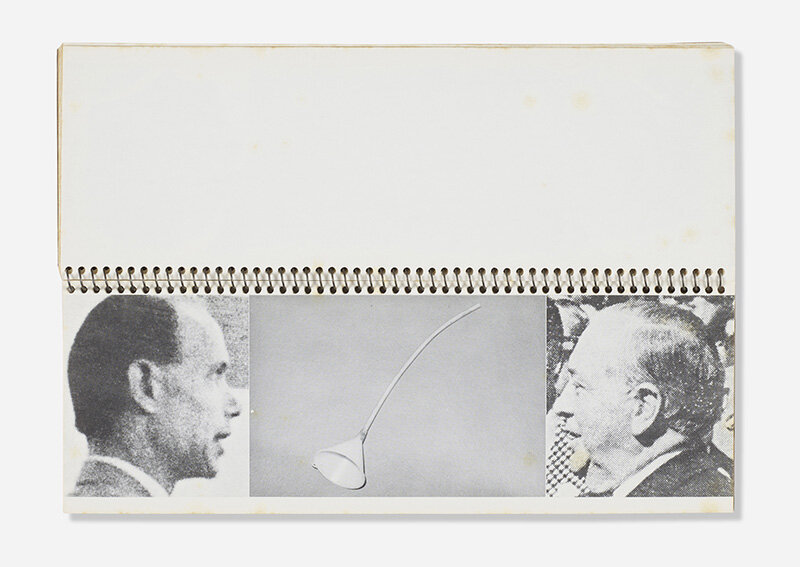224
224
1975
bound printed paper
bound printed paper
estimate: $100–150
result: $188
follow artist
This work is from the edition published by Centro Di, Florence and Galerie Sonnabend, Paris and was created on the occasion of an exhibition at the Stedelijk Museum, Amsterdam from 21 November 1975 - 4 January 1976.
This work will ship from Rago in Lambertville, New Jersey.




























